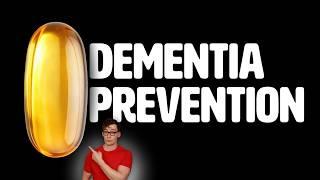
Your Body Is Giving You a Warning Sign—Most People Miss It
Physionic
Jun 6, 2025
Mindsip insights from this episode:
Average HRV readings daily for accurate baseline assessment
To get an accurate sense of your baseline, you should measure your HRV multiple times across several days and average the results, as a single day can be misleading.
Monitor heart rate variability to assess vagal tone
Heart rate variability is a direct indicator of your 'vagal tone,' which is the activity of the vagus nerve that helps regulate your heart rhythm and inflammation.
Maintain HRV above 20 milliseconds to lower mortality risk
An HRV reading above 20 milliseconds, as measured by RMSSD on wearables like an Apple Watch or Oura Ring, indicates a lower risk of mortality.
Understand heart's natural pacemaker and its rhythm
If your heart were removed from your body, it would actually beat faster (around 100 bpm) because the vagus nerve would no longer be present to slow it down.
Critique HRV studies for flawed mortality links
Many scientific analyses linking HRV to mortality are weak due to poor control for factors like age and inconsistent measurement methods across the included studies.
Track RMSSD for effective heart rate variability monitoring
When using consumer wearables like an Apple Watch or Oura Ring, the most common and relevant HRV measurement to track is RMSSD.
Understand HRV as a health signal, not a disease diagnosis
A good HRV reading is a positive signal of general health, but it does not guarantee the absence of specific diseases like cancer or cardiovascular disease.
More from
Physionic
You also might be interested in
How I Lost 100 Pounds By Drinking Butter Coffee
Get a Full Body Workout in 10 Minutes by Doing NOTHING | Biohacks
Female Hormone Health, PCOS, Endometriosis, Fertility & Breast Cancer | Dr. Thaïs Aliabadi
Stop Blaming Salt: Fixing High Blood Pressure by Treating the Root Cause
Blood Pressure Targets Just Changed














